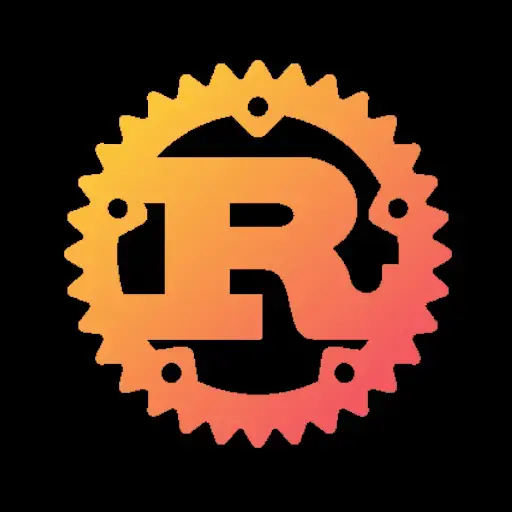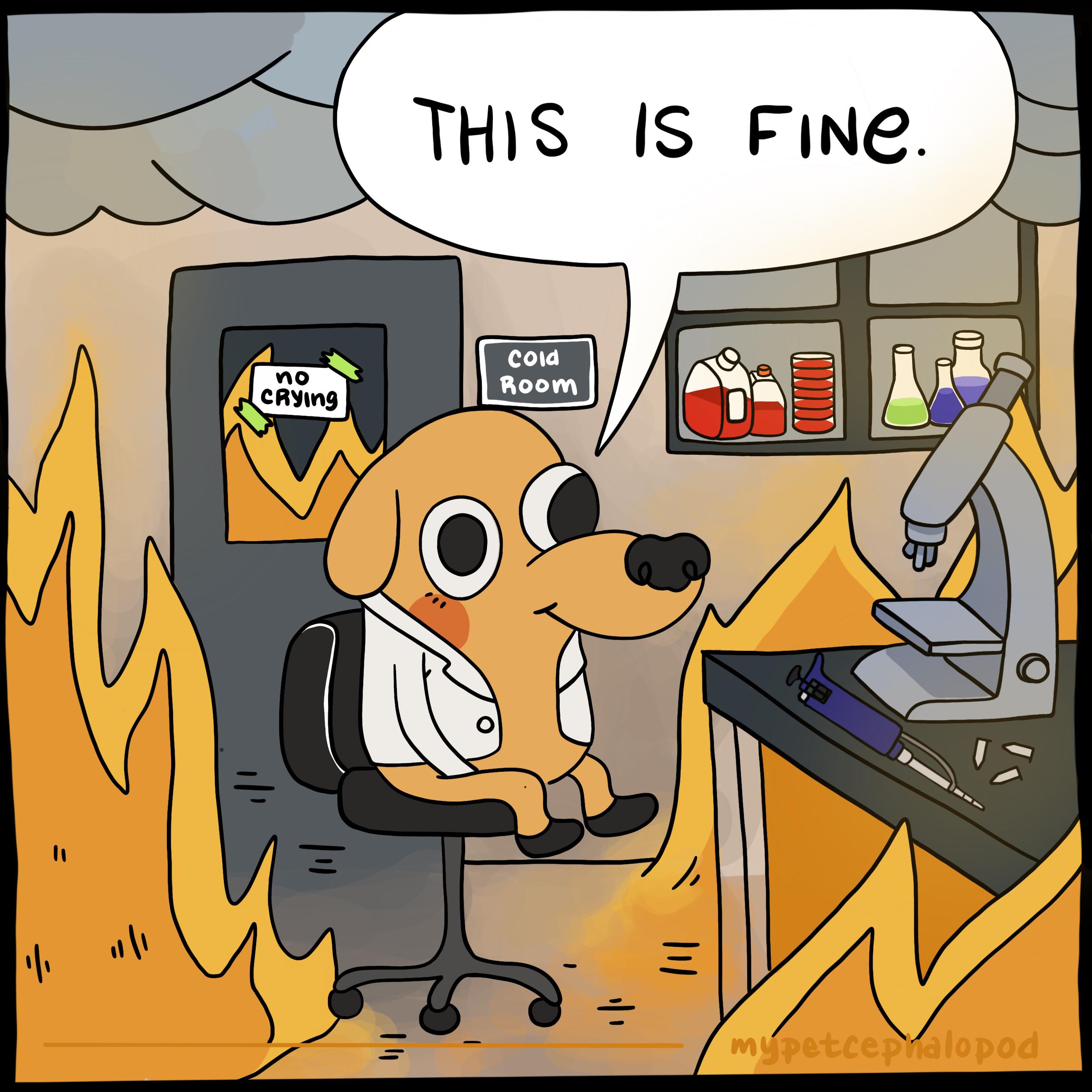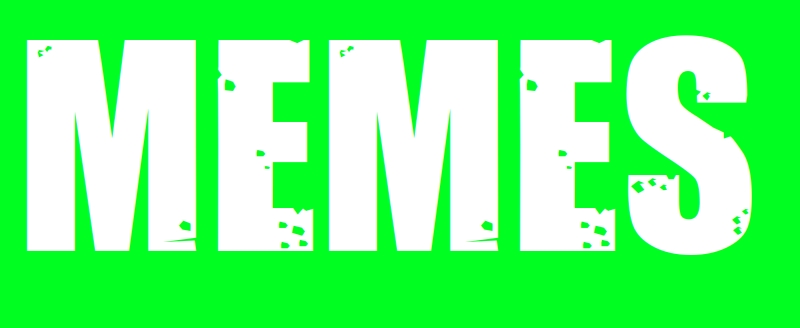

Yeah, Ubuntu actually isn’t the first distro without GNU coreutils. Beyond Android and Busybox, there’s also stuff like Talos, which is something like … Kubernetes/Linux.
IME something like Kubernetes/Linux running “distroless” containers have a huge potential to displace traditional GNU/Linux in the server market, and I wouldn’t be surprised if someone manages to build a desktop out of it, either.













We have nearly all electric buses here in Oslo now, and whenever I wind up on a diesel bus I think I’m going to get hearing damage
Electric buses are far from silent, but WOW the amount of noise and stink we’ve just been tolerating with fossil fuels is insane. Even absent climate change, that’d be worth switching to electric vehicles.